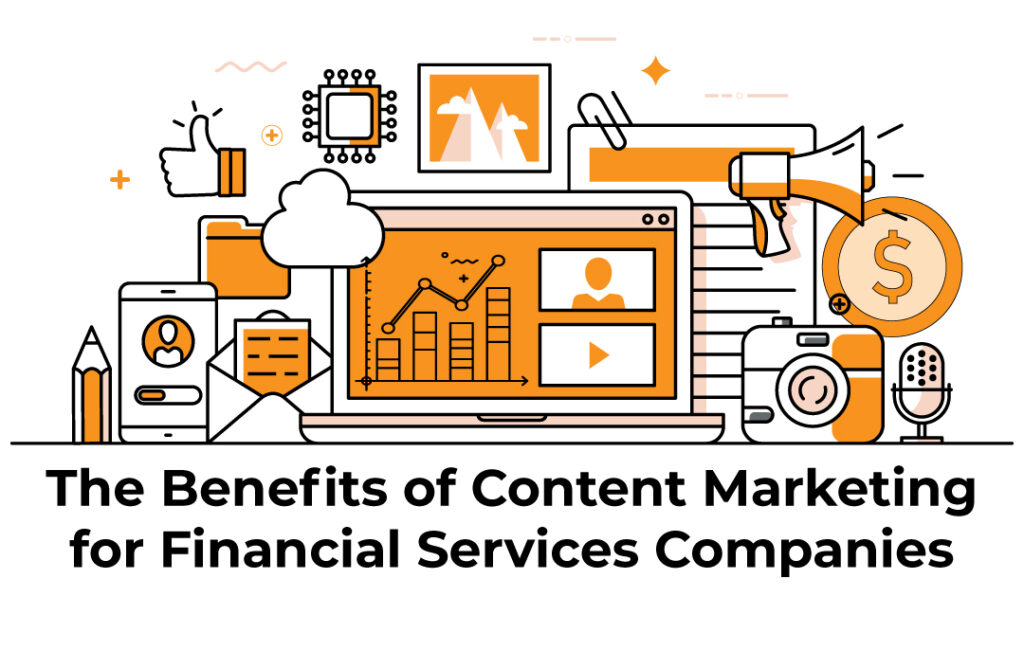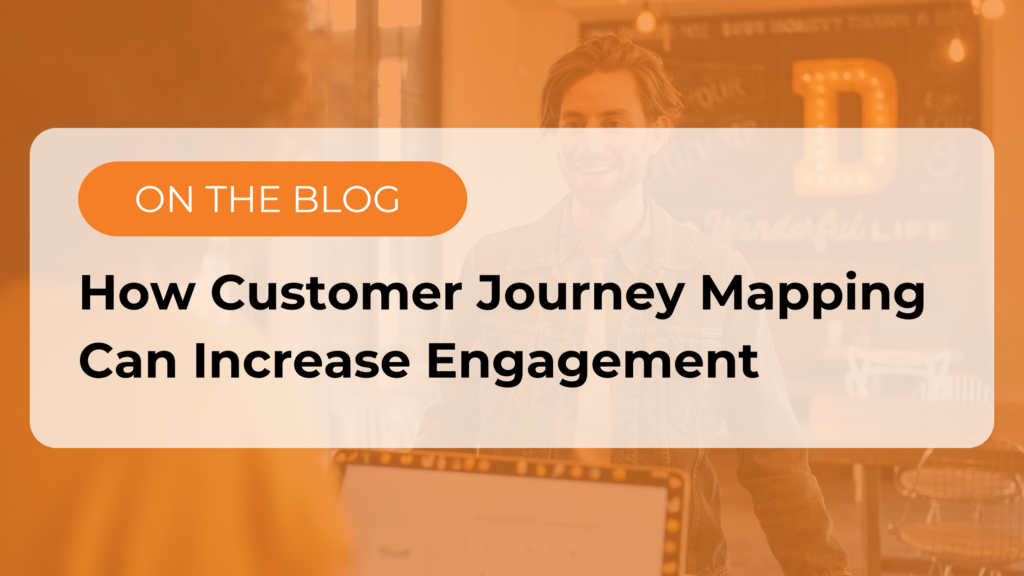Landing pages can turn a standard website into a conversion machine, leveraging your business’ advertising and stretching your marketing dollars further. Keep reading for landing page background and inspiration!
What is a landing page?
A landing page is a simple part of internet marketing. It’s a dedicated web page where customers land when they do some specific action.
This is easily explained through a hypothetical marketing case study.
Imagine you are a food franchise. Let’s says your marketing plan is based around a special – ‘order online, and get a free side dish’. This is rolled out through all your usual online marketing tools: social media, pay per click marketing ads, organic content marketing, affiliates, etc.…
Now you have two options. You can promote it online and drive all the traffic to your home page, where you have a promo banner that you use to feature the special.
Or you can drive them to a dedicated landing page, specific to this promotion and funnel them straight to your shopping user flow.
The benefits of a landing page are clear:
- Better experience for the customer
- Closer alignment between what the customer expects and what you provide
- More seamless online/offline linkages
- More effective marketing strategy and thus, better conversions
- Measurement!
How do I get one?
There are two main ways to get a landing page – create one on your own site or use a third-party provider.
Custom landing page
You can simply add a landing page to your existing site. Depending on your marketing agency and the rules around your franchise, it’s relatively easy to create a new page and drive people to it.
The upside is that it’s virtually free; it lives within your existing web presence, and will probably match your web look and feel seamlessly.
The downside is that it might not be as effective as a third-party landing page, because it wasn’t designed specifically for that job.
Third-party landing pages
A third-party landing page, like one created through the internet marketing platform Unbounce, has the advantage of being absolutely brilliant at what they do:
- Allows you to create, test and deploy quickly
- Tracks everything with loads of data
However, there’s usually an associated fee when you use a third-party. Also, because it’s not hosted entirely by your team, recreating the look and feel of your site might be more trouble than it’s worth.
A/B Testing
The last major benefit of a landing page (especially if you go for a third-party option) is that it lets you A/B test relatively easily.
A/B testing is super simple: when your customers land on your landing page, half see one thing and half see a slightly different thing. In one, the CTA might be ‘buy now’. In the other, it might be ‘Get it now’. You see which version drives more conversions. Once you have enough data to know which is better, you change your landing page so everyone sees the better version.
The point is that A/B testing lets you refine your marketing tactics over time to drive a better conversion.
A dedicated landing page is the best environment for A/B testing because you have control over what the customer sees and can very quickly change it in response to new data.
Conclusion
Landing pages should be a part of your internet marketing strategy and can be critical to your internet marketing optimization as you refine your various channels. They are an excellent tool for helping you improve your marketing effectiveness, whether you opt for owned or choose a third-party supplier.
Need help designing your landing pages? We are always here when you need us.





